Interview with Dr. Peggy Kruger Tietz: 'When children can identify and understand their emotions, they gain awareness'
Dr. Peggy Kruger Tietz is a licensed psychologist and
maintains a private practice in Austin, Texas.
She sees a wide range of children with normal developmental problems as
well as children who have experienced trauma.
Her Ph.D is in developmental psychology from Bryn Mawr College. Before entering private practice Dr. Tietz
treated children in multiple settings, such as family service agencies and
foster care. Dr. Tietz, trained at the
Family Institute of Philadelphia, and then taught there. She specializes in seeing children
individually, as well as, with their families.
She has advanced training in Play Therapy as well as being a certified
practitioner of EMDR (eye movement desensitization and reprocessing, for
children and adults). She has conducted
workshops on parenting, sibling relationships, and emotional literacy.
Her latest book is the nonfiction/psychoeducational book,
Yell
and Shout, Cry and Pout: A Kid’s Guide to Feelings.
For More Information
About the Book:
Yell and Shout, Cry and Pout: A Kid's Guide
to Feelings is
an essential guidebook for adults in steering children through the confusing
behaviors that emotions evoke. When you
understand the purpose of emotions, behavior becomes understandable. Each of the eight emotions is clearly defined
thorough vignettes and illustrations, keeping both adult and child captivated,
thus creating an opportune time for discussion. By recognizing that all humans
experience these emotions throughout their lives, the book provides a true
sense of comfort. Emotions are not to be shunned, but rather embraced and
explained to provide a positive development environment for all children.
For More Information
- Yell and Shout, Cry and Pout: A Kid’s Guide to Feelings is available at Amazon.
- Pick up your copy at Barnes & Noble.
- Discuss this book at PUYB Virtual Book Club at Goodreads.
Q: Welcome to The Writer's Life! Now
that your book has been published, we’d love to find out more about the
process. Can we begin by having you take us at the beginning? Where
did you come up with the idea to write your book?
I often refer to myself as an accidental writer. As a family therapist, I needed to recommend a simple book about our primary emotions to parents that they could read with their kids. I could find books about individual emotions, but no primer listing all our primary emotions and their purposes. It seemed surprising that such a book had not been written, but that motivated me to put together my own book.
Q: How hard was it to write a book like this and do you have any tips that you could pass on which would make the journey easier for other writers?
I often refer to myself as an accidental writer. As a family therapist, I needed to recommend a simple book about our primary emotions to parents that they could read with their kids. I could find books about individual emotions, but no primer listing all our primary emotions and their purposes. It seemed surprising that such a book had not been written, but that motivated me to put together my own book.
Q: How hard was it to write a book like this and do you have any tips that you could pass on which would make the journey easier for other writers?
I think the hard thing for me about writing Yell and Shout Cry and Pout: A Kid's Guide to Feelings was translating complex theories about emotions into fun, readable language for a young child. It was really daunting and my initial attempt was plodding. I was trying to cram so much information into the book, it became tedious and academic. So I reversed course and used Dr. Seuss as my model. I created endless rhymes. I had some fun rhymes but I was loosing significant meaning and the book was starting to get silly. I suspect there's always a lot of trial and error when you're trying to find the "right approach." I really had no idea it was going to take so much time and dedication. Looking back I wish I had used a mentor earlier in the process to proviide additional guidance and support.
Q: Who is your publisher and how did you find them or did you self-publish?
I spend a significant amount of time sorting out appropriate publishers and writing up book proposals. My effort yielded two interested responses, but eventually they were not interested. While disappointing, it also gave me a sense that my topic was of interest and that I shouldn't give up. I also got a taste of the complex world of traditional publishing and opted for the more direct and simplier process of self publishing. I liked being more in charge of the process and found Amazon's CreateSpace was helpful and easy to work with.
Q: Is there anything that surprised you about getting your first book published?
What surprised me was my own nervousness about having the book finally in print. I was pretty convinced that the book was going to be valuable and useful; but I was still anxious about what total strangers would say. We expect family and friends to be positive, but I think we all wonder if they aren't just trying to be supportive. I was thrilled when the positive reviews started coming in. Not only were parents and counselors finding the book helpful, but teachers were basing lesson plans on it.
Q: What other books (if any) are you working on and when will they be published?
At the moment, I'm thinking of two projects. Based on some of the feedback I've gotten, I'm thinking of providing a workbook to use with the book. It would help adults phrase emotional responses to the vignettes in the book. I'm also thinking of a grownup version of the book for adults who want to reclaim their emotions.
Q: What’s your favorite place to hang out online?
I don't spend a lot of time online, but I have been fascinated by journalist Paul Salopek's Out of Eden world walk. He's taking a seven year journey to retrace the path of human migration out of Africa and posting blogs on his experiences.
Q: Finally, what message (if any) are you trying to get across with your book?
The main message of the book is that emotions can be a positive influence in our lives. When children can identify and understand their emotions they gain self awareness, become better communicators and reduce conflict in their lives.
Q: Do you have any final words?
Just that I'm really committed to the idea of emotion literacy and hope that more people begin to understand how important emotional expression is to our general well being.
Just that I'm really committed to the idea of emotion literacy and hope that more people begin to understand how important emotional expression is to our general well being.






































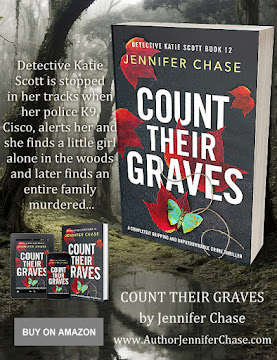






























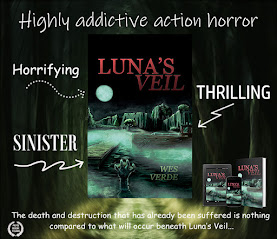
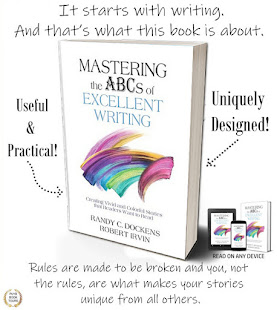
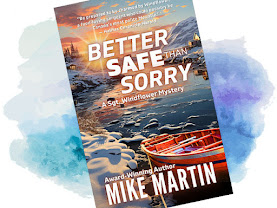
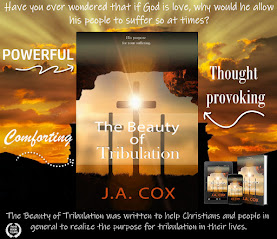



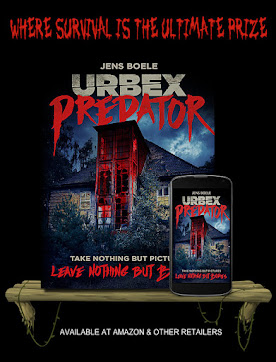









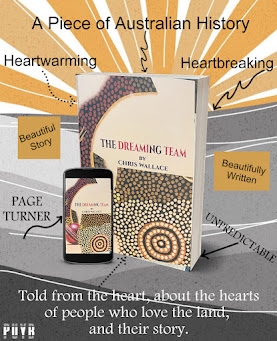
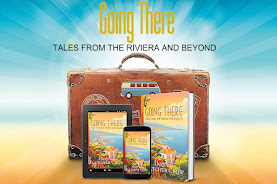
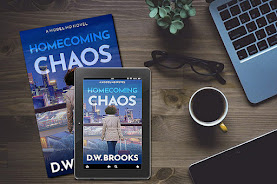


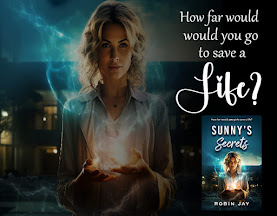




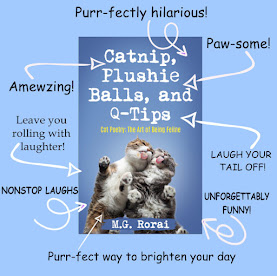



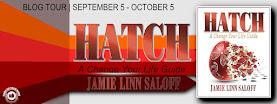

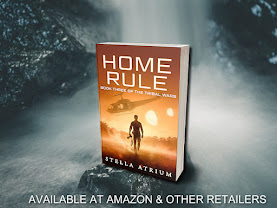

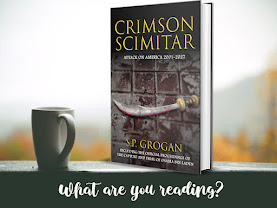


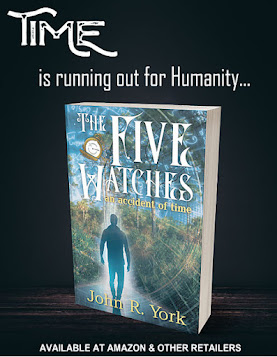

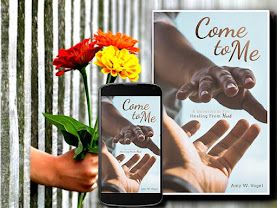
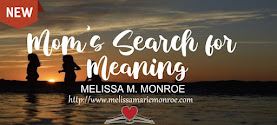


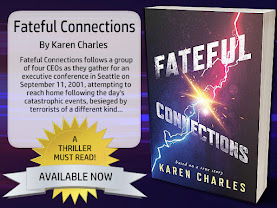


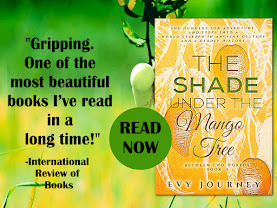

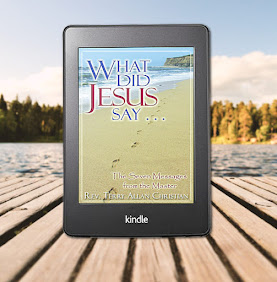

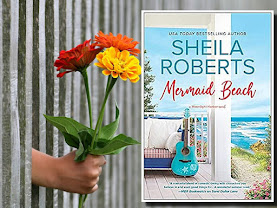



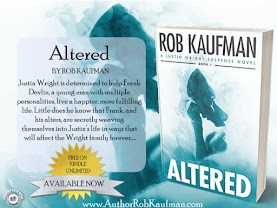
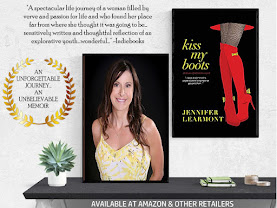
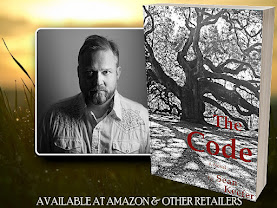

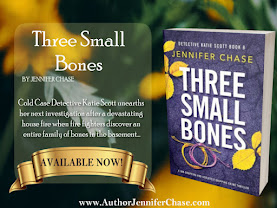

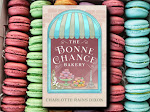
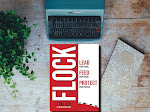


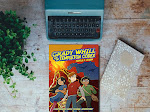


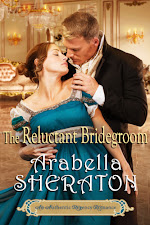
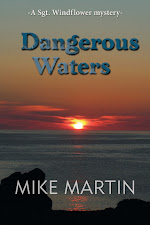



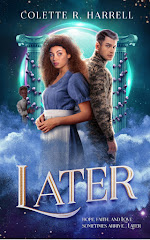
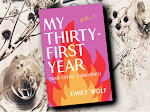
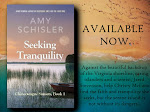


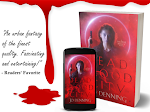


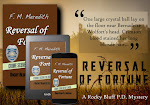

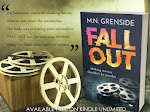


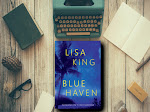




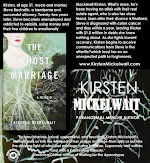

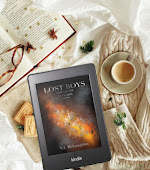


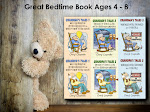

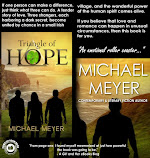
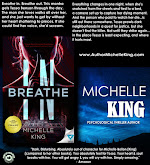
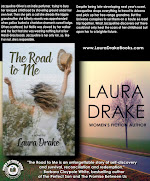


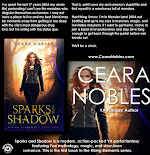
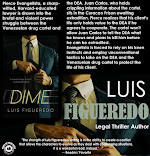

























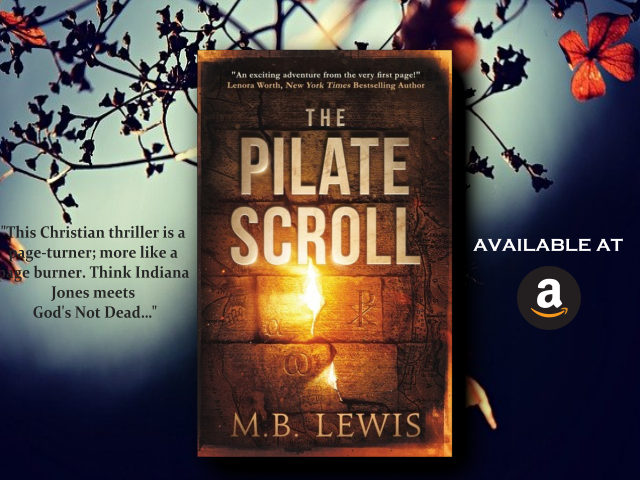













Leave a Comment